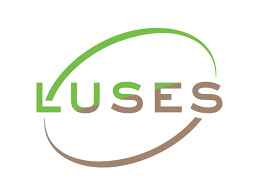Understory limits surface runoff and soil loss in teak tree plantations of northern Lao PDR
Many mountainous regions of the humid tropics experience serious soil erosion following rapid changes in land use. In northern Lao PDR, the replacement of traditional crops by tree plantations, such as teak trees, has led to a dramatic increase in floods and soil loss and to the degradation of basic soil ecosystem services. In this study, it was hypothesized that conserving understory under teak trees would protect soil, limit surface runoff, and help reduce soil erosion. Surface runoff and soil loss were monitored using 1 m2 microplots installed in four teak tree plantations in northern Lao PDR over the rainy season of 2017. Teak tree plantation owners could divide soil loss by 14 by keeping understory, such as broom grass, within teak tree plantations. The areal percentage of pedestal features was a reliable indicator of soil erosion intensity.
The paper (open access) was lead by Layheang Song, PhD student at GET and at ITC.


















